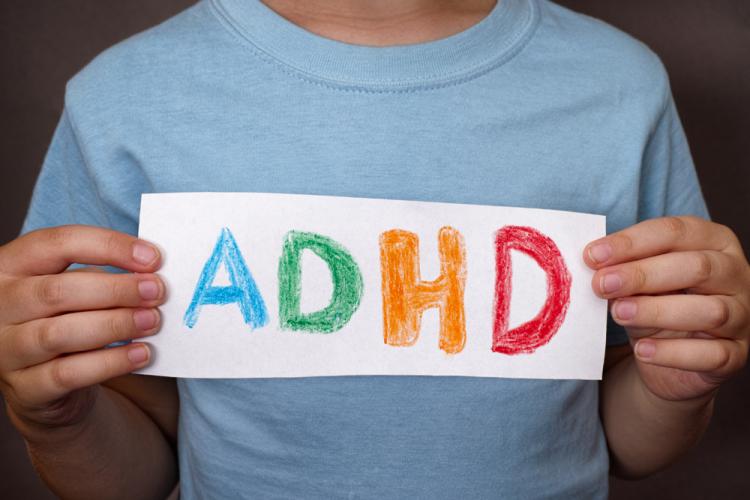I think many people assume that the label ADHD means ‘hyperactive’. It has also become synonymous sadly with ‘naughty’.
Professor Russell Barkley – a well -known expert in this field offers the following description of ADHD.
“ADHD is a developmental disorder characterised by significant deficits in inhibiting behaviour, sustaining attention to tasks, resisting distractions while doing so, and controlling one's activity level to meet the demands of a situation. The hyperactive and impulsive symptoms appear to comprise a single underlying problem with behavioural inhibition, which is often the first problem to be seen.” (Barkley, 2000)

There is much debate as to the cause of ADHD however most evidence seems to support a developmental neurological impairment in the brain circuitry (pre frontal and basal ganglia), which may also be exacerbated by environmental conditions.
As these areas of the brain govern impulse control and planning behaviour it is not surprising that the main symptoms of ADHD comprise a reduced ability to inhibit behaviour (resulting in impulsivity) and difficulty staying focused on a task or filtering out environmental distractions such as noise and visual cues. Many children show hyperactivity, an inability to sit still a need to fidget and move around. These children may speak out of turn and have difficulties in finishing tasks.
The children who exhibit the day dreamer type of disorder with less hyperactive behavior, predominantly girls frequently slip through the net, those “who seem lost in their own world, maybe staring off into space may not consciously be ignoring the teacher, but may also be experiencing problems focusing attention” (Waslick and Greenhill, 1997).
All of these afore mentioned characteristics present a teacher with a challenging task and highlights the need for more understanding of this condition which might affect between 3 and 5% of school age children.
Nowadays it is generally accepted and supported by research that ADHD is predominately a neurological disorder that involves the brain circuitry.
(Spencer et al., 2006).
This difference in brain functioning has been further supported by Thom Hartmann’s theory that people with ADHD are” hunters in farmer’s world.”(Hartmann,1996)
His main contribution was to challenge popular thinking that ADHD was a defect and cast it in a much more positive light. Children with ADHD were simply wired differently and would have made great hunters, easily distracted to check out potential prey, need for high stimulus input and variation- all qualities suited to hunting rather than to farming.
Extract from dissertation by Stephanie Woollacott
Advanced Diploma in Special Educational Needs- Leeds Beckett university 2017
Check out this clip featuring Thom Hartmann for a refreshing explanantion and perspective!

